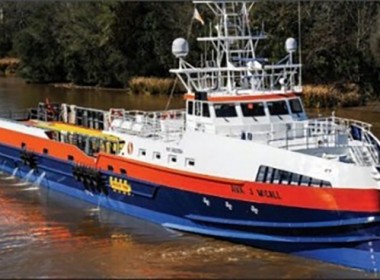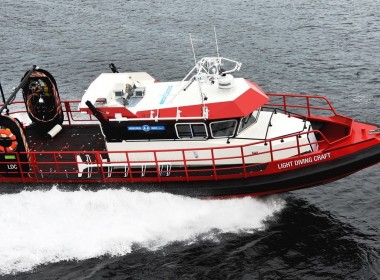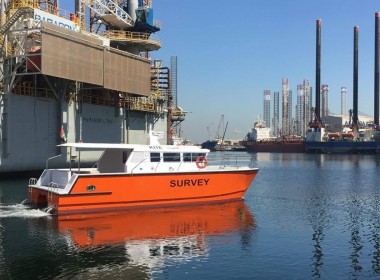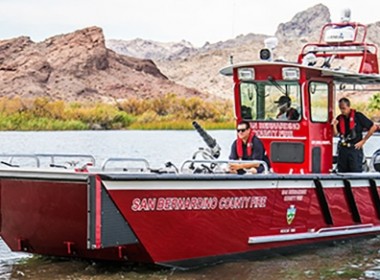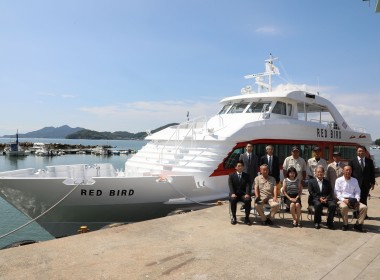INTERVIEW | Subsea Craft’s new stealthy diver delivery craft concept

UK-based Subsea Craft recent unveiled a new, carbon-fibre “diver delivery unit” submersible for, amongst other potential uses, the rapid and covert delivery of special forces units. Baird Maritime recently caught up with Simon Eveleigh, Chief Technology Officer of Subsea Craft, to tell us a bit more about the concept.
Were there any specific events or factors that convinced your team to come up with the concept for a new diver delivery craft?
The idea originated in the leisure market, although application to other sectors, including defence, were evident. Craft of this general nature, that is, with the capability to transport divers under the surface of the water exist but, to date, none combine VICTA’s characteristics of achieving that in addition to long-range, high-speed surface operation.

Additionally, some swimmer delivery vehicles (SDVs) operate in conjunction with strategic assets such as submarines. VICTA 02 can operate independently of such assets.
What challenges did your team face in designing the vessel? How did you overcome those challenges?
The main design challenges centre on the combination of surface and sub-surface operation as performance differs radically in both domains. This is exacerbated by our demand to achieve seamless and rapid transition from one condition to the other.
We have broached these challenges through a combination of partnering with specialist, cutting-edge technology companies (BAR-Technology, AC Marine, SCISYS), in-house expertise, and from exploiting our experience in the development of VICTA 01.
Could you tell us more about what makes VICTA different from other similar vessels available today or in the near future? How would those features benefit the craft’s potential operators?
Whilst VICTA has a clear application in the defence arena, there is interest from other sectors too and we maintain a broad and open offer to customers to work with us in developing capability to best suit their needs.
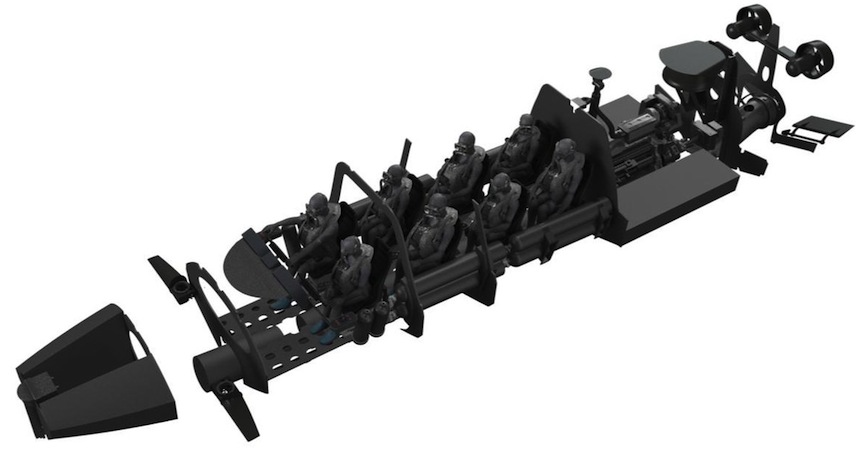
The key characteristics of VICTA 02 are the unique combination of long-range, high-speed surface operation with its fly-by-wire control enabling seamless and rapid transition to sub-surface operation. With a maximum surface speed of up to 40 knots and an endurance of 250 nautical miles, a maximum sub-surface speed of eight knots with a range of 25 miles, and a surface to sub-surface transition time of two minutes, this exceeds the capability of other craft currently in production.
What would the craft’s typical operation be like? How would it accomplish its mission of getting divers into denied areas undetected?
Whilst it is difficult to characterise a “typical operation”, VICTA provides flexibility to commanders by offering an array of options that might not be possible with other craft. This could be as a consequence of water depth or availability of preferred launch method.
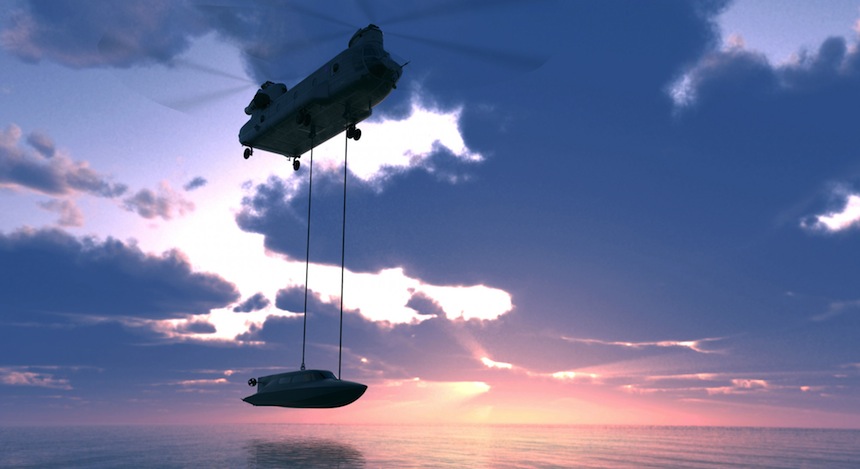
VICTA provides numerous options, from surface vessel, alongside launch or delivery by helicopter, however its range allows it to influence a significant area, opting for the most tactically-sound solution before diving to approach an objective undetected and from where divers can be deployed.
The inertial navigation and sonar obstacle avoidance systems enable us to navigate accurately sub-surface when GPS signal is unavailable and visibility is limited or non-existent.
When do you expect VICTA to be in the water? When do you intend to have the first examples of the craft see full operational use?
VICTA is in build now with the hull approaching completion. Fit out will start very soon and the vessel will be in the water in early 2020 from when we will conduct rigorous sea trials throughout the remainder of the year.
How did the development of the demonstrator model eventually lead to the final VICTA design?
The initial prototype (VICTA 01) was a catamaran design and allowed us to prove that our concept was viable. The development and testing of VICTA 01 was a hugely valuable experience and enabled the proving of many of the key design elements of VICTA 02, not least influencing the move to the monohull design.
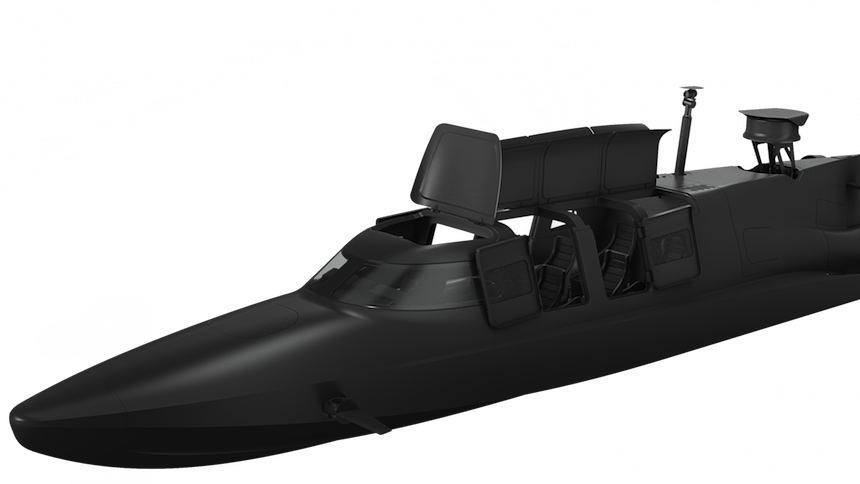
What lessons did you learn as you went about developing the VICTA? Does the craft’s design make it suitable for other applications besides its intended role of diver delivery?
The key lesson exposed during the development of VICTA 01 was the complexity inherent in a catamaran form. The twin hull and engine configuration proved less than optimal and presented significant stability and safety challenges, both overcome in the new design which has application beyond defence.
The crew bay of VICTA02 is fully re-configurable and thus cargo capacity can be increased to enable its use in, for example, supporting the offshore energy industry. Likewise, a reduction in the range or speed could offset an increase in capacity or a reduction in size to meet a different requirement (i.e. the leisure sector).
Do you think the same lessons you learned from the VICTA program could be applied in designing new vessels – not just DDUs – to add to your company’s product line?
Yes, part of embarking on such a unique design is building a team with appropriate vision and skills that can be applied to other requirements. We have the capability to offer consultation, training and design collaboration as well as expanding our DDU offer.



